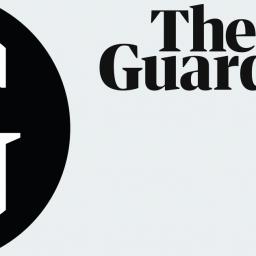by Genevieve Fox on (#6KDGP)
Along the way Corey Keyes developed concepts of languishing and flourishing which others have found helpfulWhen he was 16, Corey Keyes was finally doing well after a brutal childhood. He got high grades at school, played quarterback on the football team, and was living with his loving grandmother in Wisconsin, USA.But, the sociologist and professor emeritus of Emory University writes in his new book, Languishing: How To Feel Alive Again in a World That Wears Us Down, he was living on autopilot, throwing himself into every activity going. Whenever he slowed down, everything felt drained of colour". A feeling of restless emptiness" gnawed at his insides. Terrified this feeling might haunt him all his life, he determined to become a sociologist to find out if other people had this same sense of running on empty", eventually coining the terms languishing" and its antidote flourishing", or good mental health. Continue reading...
